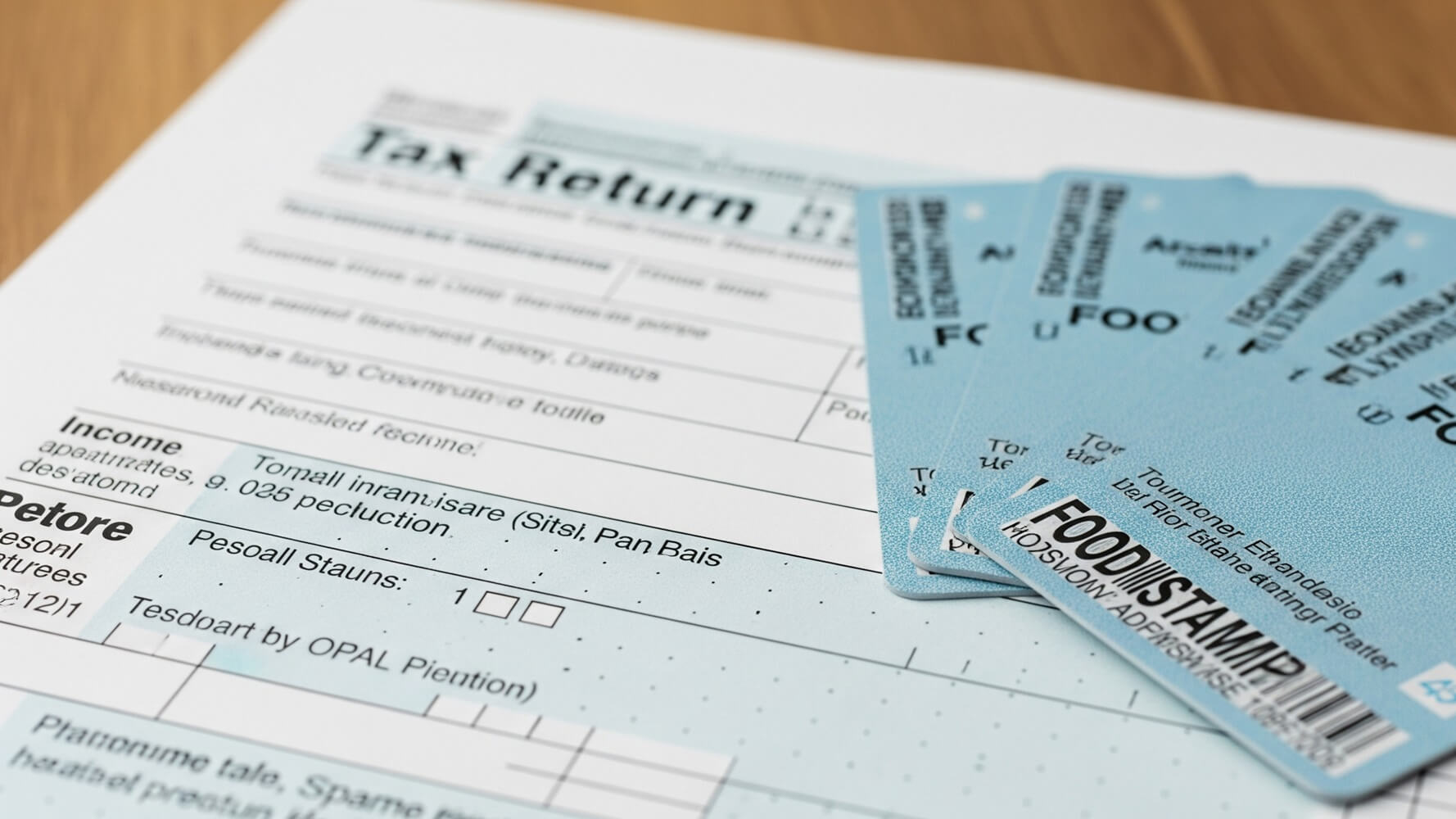Navigating the world of government assistance programs can feel like a maze. Many people receiving disability payments also rely on food stamps, also known as the Supplemental Nutrition Assistance Program (SNAP), to help put food on the table. It’s a common question: Does food stamps come out of disability payments? This essay will break down the relationship between these two programs, clarifying how they work together and what you need to know.
Understanding the Basics: How Disability and SNAP Work
Before we dive into the main question, let’s understand what each program is. Disability payments, often from Social Security Disability Insurance (SSDI) or Supplemental Security Income (SSI), provide financial support to people who can’t work due to a medical condition. SNAP, on the other hand, helps low-income individuals and families buy groceries. It provides money on an Electronic Benefits Transfer (EBT) card, which can be used like a debit card at many grocery stores.

Does SNAP Directly Reduce Disability Payments?
No, food stamps (SNAP benefits) do not directly come out of your disability payment. The two programs are separate and work independently. You will receive your full disability payment amount, and if you’re eligible for SNAP, you’ll receive those benefits separately on your EBT card.
Eligibility Requirements for Both Programs
Getting approved for disability and SNAP requires meeting different sets of rules. For disability, you need to prove you have a medical condition that prevents you from working. This usually involves providing medical records and undergoing evaluations. SNAP eligibility is based on income and resources. The income limits vary depending on your household size. It’s important to remember:
- The disability payment isn’t subtracted from SNAP.
- SNAP eligibility doesn’t automatically mean you qualify for disability.
- They have different requirements.
Knowing the rules is important because it helps you manage your finances.
How Disability Income Affects SNAP Eligibility
While SNAP doesn’t deduct from disability, your disability income DOES factor into your SNAP eligibility. The Social Security Administration (SSA) considers most types of disability payments as income when deciding if you qualify for SNAP. This means your disability payment will be used to calculate your total household income. If your total income (including your disability payment) exceeds the SNAP income limits for your household size, you might not be eligible for SNAP or might receive a smaller amount. Think of it like this:
- You apply for both programs.
- The SNAP program looks at your entire income.
- Your disability income is part of that calculation.
- It decides if you qualify for SNAP based on your total income.
It’s all about the overall income picture.
SSI vs. SSDI and SNAP Considerations
The type of disability payment you receive, either SSI or SSDI, impacts SNAP eligibility differently. Generally, SSI is a needs-based program for people with limited income and resources. SSDI, on the other hand, is based on your work history and contributions to Social Security. Here’s a simple table to illustrate some of the differences:
| Program | Income Considered for SNAP | Resource Limits |
|---|---|---|
| SSI | Yes, a lot of it is considered | Usually strict |
| SSDI | Yes, but maybe less depending on circumstances | Less strict |
Understanding this helps in navigating the benefits landscape.
Reporting Changes in Income and Circumstances
It’s crucial to report any changes in your income or living situation to both the Social Security Administration and your local SNAP office. This includes any changes in your disability payment amount, any new sources of income, or changes in household members. Failure to report these changes could lead to problems, like overpayment of SNAP benefits, which you would then have to pay back.
Here’s what you might need to report:
- Changes in your disability payment.
- New jobs or income.
- Changes in your household (like a new roommate or a new baby).
- Moving to a different address.
Keeping the programs up-to-date helps you stay on the right side of the rules and keeps your benefits running smoothly.
Resources for Help: Where to Get More Information
If you’re still feeling confused, don’t worry! There are many resources to help. Your local Social Security office and SNAP office are great places to start. They can provide specific information about your situation. You can also find information online at the Social Security Administration website (ssa.gov) and your state’s SNAP website.
- Contact your local Social Security office.
- Visit the SSA website.
- Contact your local SNAP office.
- Search online for your state’s SNAP rules.
Don’t hesitate to ask for help. There are many people who can assist you with your situation.
The Relationship Summarized
To wrap things up, remember that food stamps do not come out of disability payments. The programs are separate. The amount of your disability payment can affect your eligibility for SNAP. You need to know about income limits and eligibility. The most important thing is to keep the agencies informed about your situation. By understanding how these programs work, you can navigate the process more confidently and make sure you’re getting the support you need.